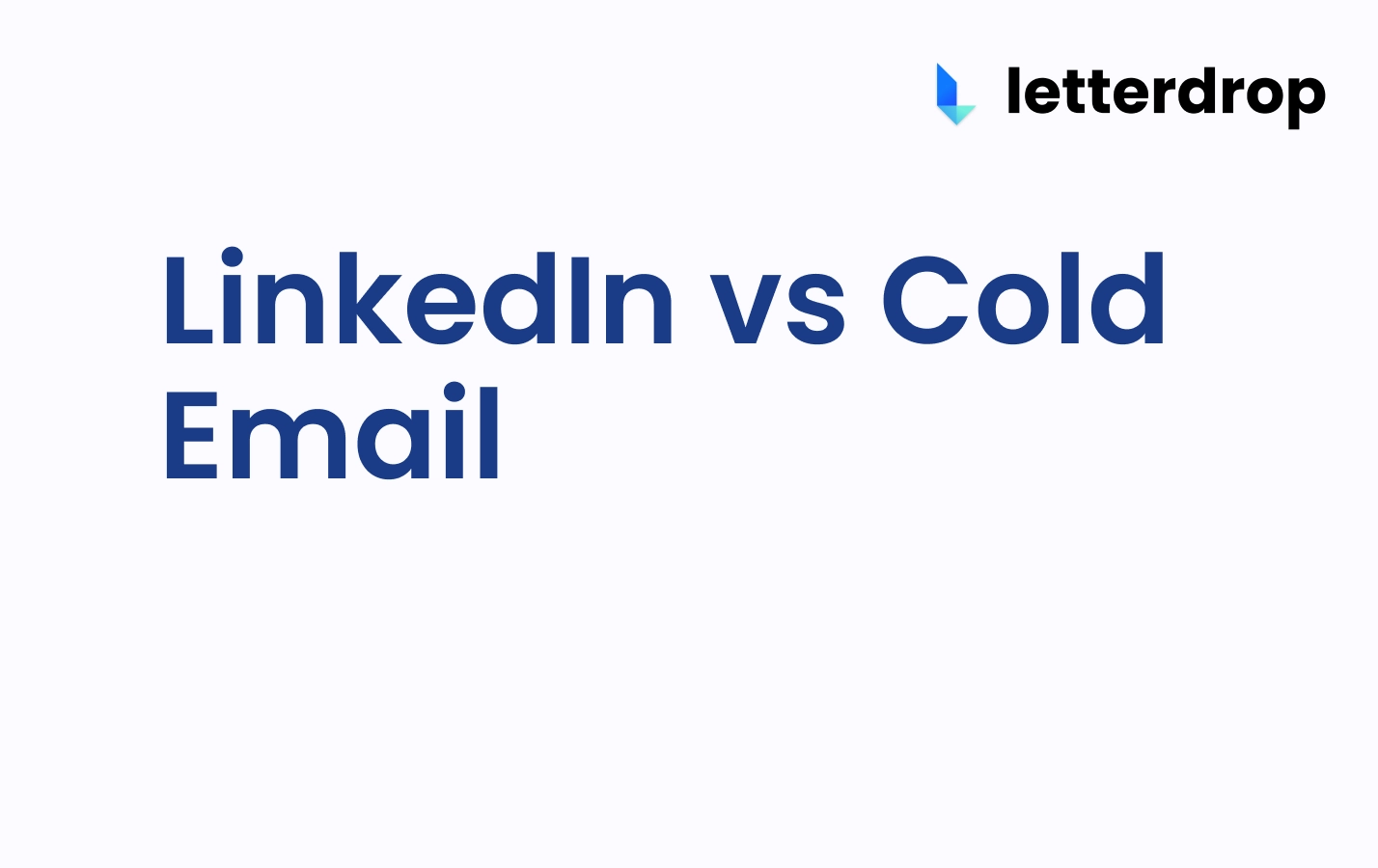Total Addressable Market Guide
TAM is every potential buyer for your product. Think of it as the dream scenario — if you could sell to every possible customer in the world. But that’s not how business works.
To narrow things down, we rely on SAM (Serviceable Addressable Market), which filters TAM based on more rigorous criteria like product fit and budget. SAM helps companies focus on markets they can realistically sell to, but even that has limitations when it comes to prospecting and outreach.
That’s where your Total Messageable Market (TMM) comes in — an important subset of SAM that is often overlooked but vital for building a healthy sales pipeline.
Breaking Down TAM, SAM, and SOM
Before diving deeper into TMM, let’s revisit the foundation with a quick overview of TAM, SAM, and SOM (Serviceable Obtainable Market):
TAM: Total Addressable Market
TAM is particularly useful in the early stages of business planning to attract investors, evaluate market size, and define long-term growth potential. However, it’s not actionable on its own because it doesn’t account for accessibility or execution feasibility.
What It Is: The total potential revenue opportunity for your product or service.
Purpose: Helps businesses assess maximum market opportunity.
Limitations: TAM is purely theoretical—no company can realistically capture 100% of its TAM due to competition, budget, and resource constraints.
TAM can be estimated by multiplying the total number of potential customers by the average revenue per customer. For example, if your market has 1 million potential customers, and each customer is worth $1,000 annually, your TAM is $1 billion.
SAM: Serviceable Addressable Market
SAM provides a more actionable view of market opportunity and helps businesses allocate resources effectively.
What It Is: A more targeted portion of TAM that your business can realistically sell to, based on factors like industry, location, and product compatibility.
Purpose: Focuses resources on markets that are feasible to target with your current product offering and capabilities.
Limitations: SAM doesn’t guarantee that you can successfully connect with or influence your target market.
SAM is derived by filtering TAM with factors such as company location, available resources, and product offerings. For instance, if your TAM is $1 billion, but only 200,000 customers meet your product criteria, your SAM might shrink to $200 million.
SOM: Serviceable Obtainable Market
What It Is: The realistic share of SAM your business can win, given competitive and operational factors.
Purpose: Helps companies set practical short-term growth targets and sales strategies.
Limitations: SOM can change over time as market dynamics evolve and as your business expands or contracts.
SOM can be calculated by estimating achievable market share within SAM. Companies often use metrics like historical market share, projected revenue, or competitive analysis to gauge this figure.
Enter the Total Messageable Market (TMM)
Your TMM is the subset of your SAM that you can actively reach and message, making it arguably the most important category. It includes the people you can DM, email, call, or otherwise connect with today. The channels themselves vary depending on who you sell to.
For example:
- Restaurants may prefer SMS or even direct visits over email
- Sales, marketing, HR leaders are very active on LinkedIn
But the real question is how many of them can you instantly reach on the channels where they would be most responsive.
A Small TMM Means Stalled Pipeline
So, why should you care about TMM at all?
If you're struggling to reach people through cold emails and phone calls, this could be a sign that your TMM is smaller than it should be.
For many sellers, it’s shockingly low — maybe a few hundred or a thousand people at most. This is because they don’t take action to grow it properly. They spam emails, mass-dial phones, and ignore high-fidelity channels, which leads to low response rates, stalled deals, and a constantly shrinking pipeline.
Take me, for example. I don’t pick up phone calls from unknown numbers. As for my inbox, I see 80 unread messages every morning. I bulk-delete anything that looks like a cold email.
How to Find Your TMM
Let’s focus on LinkedIn for now since it’s applicable to most B2B folks. It’s where you’ll reach me, even with 8,000 connections.
To find your TMM:
- Go to LinkedIn Sales Navigator.
- Filter by your ICP (industry, job title, company size, location, etc.).
- Switch your search to "First-Degree Connections."
This shows you how many ICP prospects you're already connected to and can directly DM, right now.
And you should be constantly expanding your TMM – why wouldn’t you?
Send 100 to 150 connection requests per week. With an avg of 20% acceptance rate, you’ll build 1,500 new ICP connections per year. That’s 1,500 people you can directly message — people who would be hard to reach otherwise.

Become Worthy of Connection
Connections are earned through credibility on your part. Here’s how to earn it:
1. Share Value Consistently. Post regularly on topics your prospects care about. This creates familiarity over time and boosts credibility.
2. Engage Thoughtfully. Ask thoughtful questions and share helpful resources. People remember this.
3. Optimize Your Profile. Your profile should make it obvious why you’re worth connecting to. Focus on clearly communicating your value proposition over fluff. For example, “IRS has your runway. Take it back” for your headline instead of something like “Sr Executive” or “President’s Club”.
When it comes to building credibility online, not everyone has the time, or the motivation. That's why we've built Letterdrop to expedite the process, from generating defensible posts directly from sales calls to (safely) streamlining team engagement.
Don't take it from us — here's how Chili Piper do it.
These are the only steps you need to take with your high-fidelity channel to expand your TMM and the number of folks you can sell to. And if you’re looking to do this on autopilot, you can always take a stab at Letterdrop.
Subscribe to newsletter
No-BS GTM strategies to build more pipeline in your inbox every week
Related Reading
Some other posts you might find helpful
















